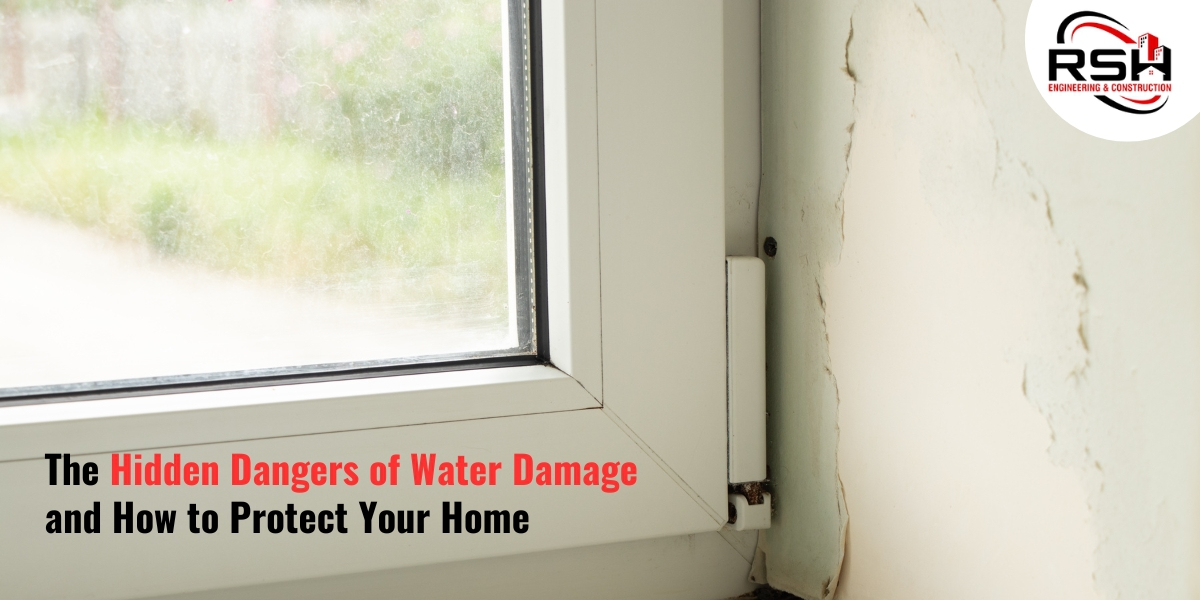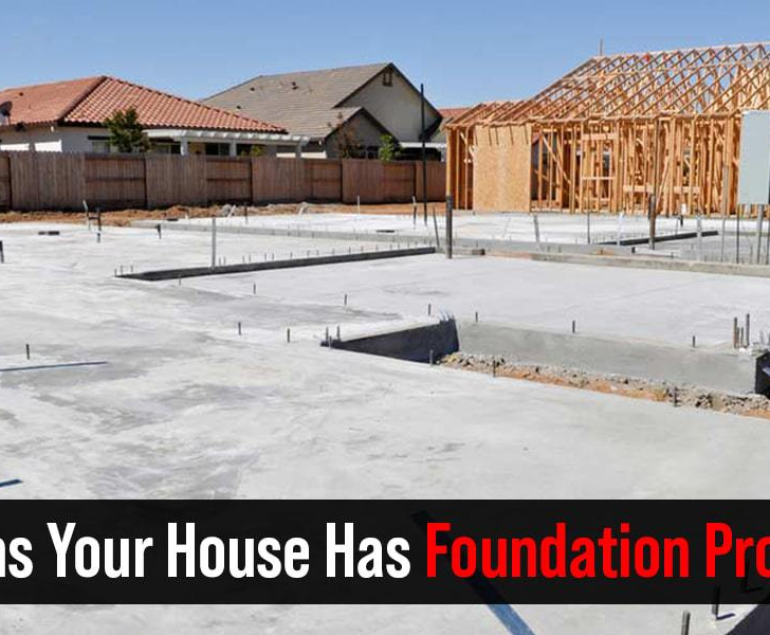Water damage can strike without warning, often hidden from plain sight until it’s too late. A thorough examination of the hidden dangers of water damage and questions such as “How to prevent it is crucial for every homeowner”. Let’s dive into this submission, associating with water damage and offering practical tips for water damage prevention and ensuring your home is structurally sound through regular inspections.
To protect your home from the hidden dangers of water damage, get into the details thoroughly and understand how these hidden dangers affect your property.
How does the Hidden Dangers of Water Damage Affect?
Water damage is an inconvenience. It can cause severe structural issues, health hazards, and costly repairs. Certain types of hidden dangers of water damage are:
1. Structural Damage:
Water can weaken the property, walls, and floors of your home. Over time, it can cause cracks and warping, compromising the structural integrity of your property.
2. Mold Growth:
Damp environments are accurate for breeding grounds for mold and mildew. These fungi can cause many health problems, especially for individuals with different allergies or inhaling issues.
3. Electrical Hazards:
Water and electricity are a dangerous mix. Water damage can lead to electrical issues, posing a significant risk to your home and family.
4. Decreased Property Value:
Water damage, if it is not addressed promptly, can lower the value of your home. Potentially, buyers can easily be deterred by the prospect of hidden damage and future repair costs.
Tips for Water Damage Prevention!
To prevent property from water damage is more cost-effective than dealing with it afterward. Here are genuine tips for water damage prevention:
- Maintain your gutters and downspouts free from unusual debris. To move out the flowing water from your home’s foundation.
- A sump pump should be installed in your basement, which helps to prevent flooding by pumping out excess water that accumulated during heavy rains.
- Check out your home’s foundation, walls, and windows for any cracks or gaps. Sealing these can lead water from seeping into your home.
- Scheduled a regular roof inspection, to check your roof for any missing shingles, cracks, or other damage that could allow water to enter your home.
- Ensure your yard slopes are away from your home to prevent water from pooling around the foundation.
Get through these tips to prevent water damage to your property!
What is basement flooding prevention? It is in detail!
Basement flooding is a common issue, especially during heavy rains or snowmelt. Here are some techniques you can implement easily to basement flooding prevention:
1. Install a Sump Pump:
As mentioned earlier, a sump pump is an effective way to keep your basement free from water, i.e., dry. Consider adding a battery backup to ensure it works during power outages.
2. Use a Dehumidifier:
Keeping the humidity levels low in your basement can help to prevent mold growth and dampness.
3. Waterproof your Basement:
Gently apply a waterproof sealant to your basement walls and floors to create a barrier against moisture.
4. Improve Drainage:
Ensure your basement has proper drainage systems in place, such as French drains or exterior drain tiles.
5. Regular Inspections:
Schedule regular inspections of your basement to identify and address water issues before they become serious problems.
Understand the Importance of Structural Inspections
Regular structural inspection are vital for detecting and preventing water damage. A thorough inspection can reveal hidden issues and allow for timely repairs. Here’s what you need to focus on:
1. Commercial Building Inspection:
For commercial properties, regular home inspections ensure the safety and integrity of the building. This can prevent costly repairs and liability issues.
2. Residential Foundation Inspection:
A residential foundation inspection of your home can identify cracks, leaks, and other vulnerabilities that could lead to water damage.
3. Home Inspection:
A comprehensive home inspection should include checking for signs of water damage, like damp spots, mold, or warped flooring.
4. Fast Home Inspection:
If you’re in a hurry, a fast home inspection can quickly identify the most critical areas that need attention.
5. Home Inspection Checklist:
Use a checklist to ensure you cover all potential problem areas, including the roof, gutters, foundation, basement, and plumbing.
What Details Does a Home Inspection Checklist Consists of?
To effectively protect your home from water damage, create a detailed home inspection checklist, which consists of the following points:
1. Roof Inspection:
- Check all the missing or damaged shingles.
- Inspect thoroughly the flashing around chimneys and vents.
- Look for signs of water pooling or leaks.
2. Gutter and Downspout Maintenance:
- Regularly clean out debris.
- Ensure downspouts give water a direction to keep away from the foundation.
3. Foundation Check:
- Check out any cracks or gaps between the walls.
- Seal any openings to prevent water seepage.
4. Basement Inspection:
- Check for dampness or mold.
- Test sump pump functionality
- Inspect basement windows for leaks.
5. Plumbing Inspection:
- Check for leakage signs under sinks and around appliances.
- Inspect water heaters and pipes for signs of corrosion.
6. Exterior Inspection:
- Ensure proper grading away from the foundation.
- Examine exterior walls for deep cracks or damage.
Going punctually with the above steps, you can significantly reduce the chance of water damage in your home. Hence, implement these guidelines as soon as you purchase the property.
Conclusion
The hidden dangers of water damage can be severe and costly. However, with the proper water damage prevention strategies and regular inspections, you can significantly protect your home from the various risks, where making the avoid basement flooding serves priority, and therefore conducting regular structural inspections, including commercial building inspections.
Therefore, under the guidance of RSH Engineering & Construction services, you’ll get a comprehensive home inspection checklist, ensuring no detail is overlooked. By taking these proactive measures, you can get safeguards for your home and maintain its value for years to come.
Ready to give protection to your home? Contact us now!





